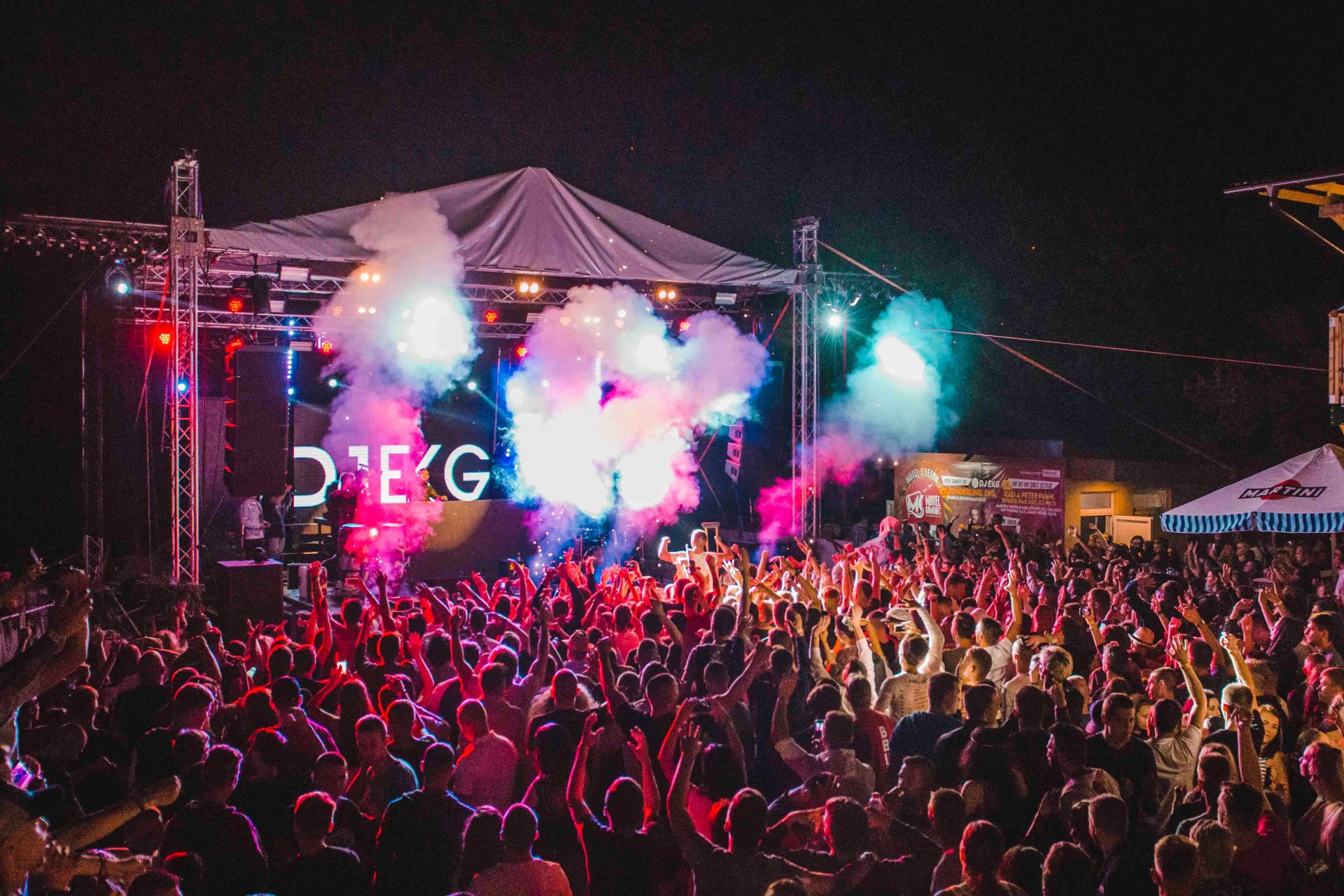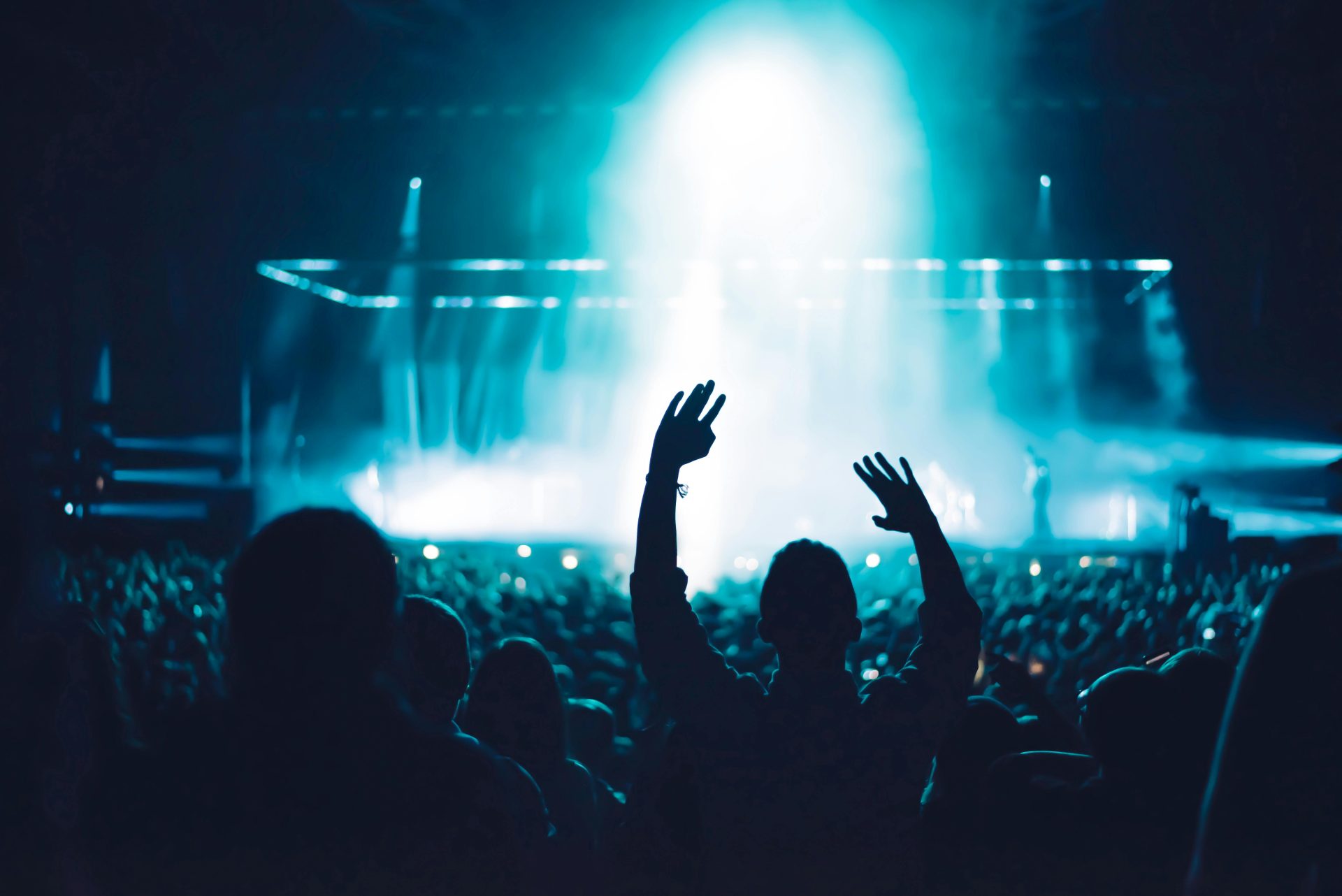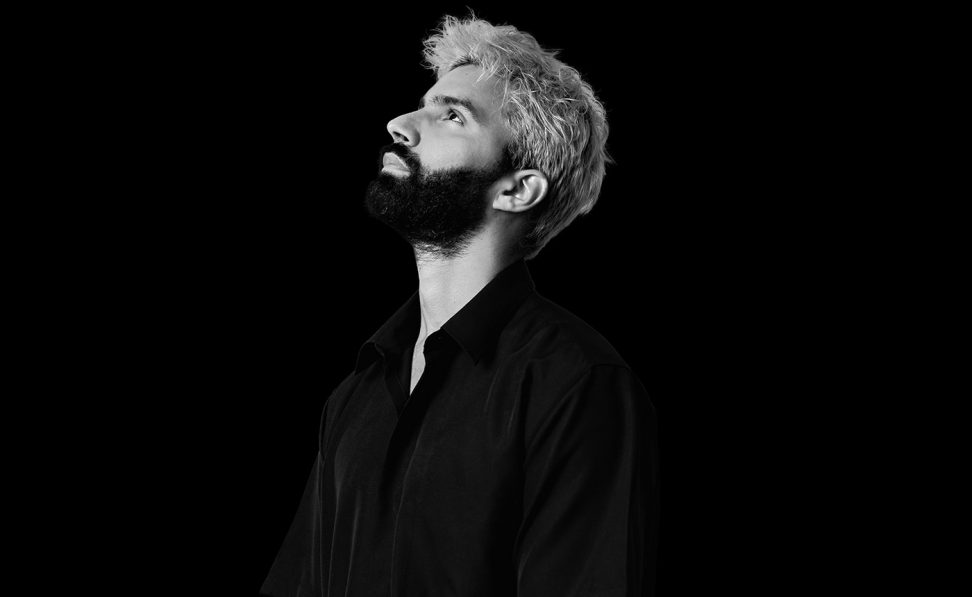
Techno music, a genre born from the underground scenes of Detroit, has grown into a global phenomenon. However, despite its international appeal, techno remains deeply rooted in the regions where it is nurtured and performed. In the United States, the diversity of regional sounds has given rise to unique variations of techno that reflect the cultural, historical, and musical influences of specific cities. These regional sounds significantly shape the identity of techno festivals, creating events that celebrate not only the genre but also the cities that host them. In this article, we delve into how regional sounds influence US techno festivals, focusing on the characteristics of major cities and the unique techno cultures they foster.
Detroit: The Birthplace of Techno and Its Enduring Legacy
Detroit stands as the undisputed cradle of techno, giving birth to the genre in the 1980s through pioneers such as Juan Atkins, Derrick May, and Kevin Saunderson. These artists, collectively known as the Belleville Three, fused elements of electronic music, funk, and Afro-futurism to create a sound that was both innovative and reflective of Detroit’s industrial backdrop. The city’s techno scene remains deeply tied to its history, and its influence can be felt in festivals like the Movement Electronic Music Festival, one of the most iconic techno events in the United States.
Movement showcases Detroit’s signature sound, which is characterized by mechanical beats, soulful melodies, and a raw, industrial edge. This aesthetic mirrors the city’s rich industrial history, particularly its automotive industry, and its struggles with economic decline. Detroit techno has always been more than just music; it is a cultural movement that speaks to resilience, innovation, and community.
The festival lineup typically includes both Detroit legends and rising stars, highlighting the city’s role as a hub for techno innovation. The influence of Detroit’s sound extends beyond its borders, with international artists often paying homage to the city’s roots. This historical significance gives Movement a unique atmosphere, where attendees can experience the original spirit of techno while witnessing its evolution through contemporary performances. Detroit’s enduring legacy ensures that its sound continues to shape not only its local festivals but also the global techno scene.
Chicago: The Intersection of House and Techno
While Detroit is the birthplace of techno, Chicago holds the distinction of being the birthplace of house music, a genre closely related to techno. Chicago’s sound, which emerged in the 1980s, is characterized by its warm, groove-driven beats and an emphasis on vocal samples. Over time, these elements have influenced the city’s techno scene, resulting in a unique hybrid sound that blurs the lines between house and techno.
Chicago’s techno festivals, such as the ARC Music Festival, often reflect this fusion. The festival brings together house and techno artists, creating a lineup that celebrates the city’s musical heritage while showcasing contemporary acts. The sound of Chicago techno is deeply rooted in its house music origins, with many artists incorporating soulful vocals, funky basslines, and rhythmic grooves into their tracks. This distinctive sound sets Chicago apart from other US cities, offering festivalgoers a unique auditory experience that blends nostalgia with innovation.
The city’s influence on techno is also evident in its underground scene, where warehouse parties and club nights continue to thrive. These spaces serve as incubators for new talent, allowing artists to experiment with the interplay of house and techno elements. This grassroots culture is reflected in festivals, where local acts often share the stage with international stars, highlighting Chicago’s role as a creative hub for electronic music.
Los Angeles: A Melting Pot of Global and Local Sounds
Los Angeles boasts a vibrant electronic music scene that draws from a wide array of influences, including techno, house, and experimental music. Unlike Detroit and Chicago, which have defined regional sounds, Los Angeles is more of a melting pot where global and local influences converge. This diversity is reflected in festivals such as CRSSD Festival and Secret Project, which showcase a wide spectrum of techno styles, from melodic and minimal to dark and industrial.
The sound of Los Angeles techno is often characterized by its eclectic nature, with artists incorporating elements from various subgenres and cultural traditions. This openness to experimentation has made the city a breeding ground for innovative sounds, attracting artists from around the world who bring their unique perspectives to the scene. Additionally, the city’s connection to Hollywood and the entertainment industry has led to the incorporation of cinematic elements in techno productions, creating immersive auditory experiences.
LA’s outdoor venues and scenic festival settings, such as waterfront stages and urban landscapes, further enhance the city’s techno events. These settings provide a stark contrast to the industrial aesthetics of Detroit, offering festivalgoers a different kind of sensory experience. The city’s role as a cultural crossroads ensures that its techno festivals remain dynamic and forward-thinking, reflecting both local creativity and global trends.
New York City: The Intersection of Techno and Art
New York City’s techno scene is deeply influenced by its reputation as a global cultural capital. The city has a long history of merging music with art, fashion, and performance, creating a vibrant and multifaceted techno culture. This fusion is evident in festivals like Time Warp US and Brooklyn Electronic Music Festival, which emphasize not only the music but also the visual and experiential aspects of the event.
The sound of New York techno is often characterized by its polished and sophisticated production, with an emphasis on deep, hypnotic beats and atmospheric textures. The city’s techno scene draws heavily from its history as a hub for experimental and avant-garde music, resulting in a sound that is both innovative and rooted in tradition. This emphasis on artistry extends to the festival experience, where cutting-edge visuals, installations, and performances enhance the music.
New York’s role as a melting pot of cultures also influences its techno scene, with artists incorporating elements from a wide range of genres, including disco, hip-hop, and industrial music. This diversity is reflected in the festival lineups, which often feature a mix of local and international talent. The city’s techno festivals are as much about celebrating its cultural vibrancy as they are about the music itself, creating events that are both immersive and reflective of New York’s unique identity.
Miami: Techno with a Tropical Flair
Miami’s techno scene is heavily influenced by its location and climate, resulting in a sound and festival culture that is distinct from other US cities. The city’s proximity to Latin America and the Caribbean has infused its techno scene with a tropical flair, characterized by rhythmic percussion, vibrant melodies, and a party-centric atmosphere. Miami’s techno festivals, such as Ultra Music Festival and III Points, reflect this unique identity, offering lineups and settings that celebrate the city’s cultural diversity.
The sound of Miami techno often incorporates elements of Latin and Afro-Caribbean music, creating tracks that are both danceable and complex. This fusion is particularly evident in the city’s underground scene, where local artists experiment with blending techno beats with traditional rhythms. Miami’s festivals amplify this energy, with stages designed to evoke the city’s tropical landscape, complete with palm trees, ocean views, and open-air venues.
In addition to its tropical influences, Miami’s status as a global party destination has shaped its techno scene. The city attracts international artists and fans, creating a cosmopolitan festival experience that is both inclusive and dynamic. Miami’s unique sound and setting make its techno festivals a celebration of both music and culture, offering a distinctly Floridian take on the genre.
Conclusion
Regional sounds play a crucial role in shaping the identity of US techno festivals, creating events that celebrate not only the genre but also the cities that host them. From Detroit’s industrial beats to Chicago’s house-infused grooves, Los Angeles’ eclectic influences, New York’s artistic sophistication, and Miami’s tropical flair, each city offers a unique perspective on techno. These regional variations ensure that the techno festival experience remains diverse and dynamic, reflecting the rich cultural tapestry of the United States. As techno continues to evolve, the interplay between regional sounds and festival culture will remain a driving force, shaping the future of the genre and the communities it serves.

